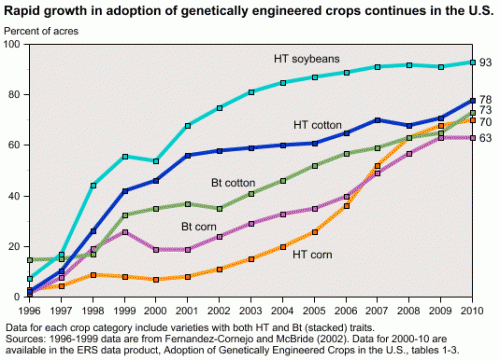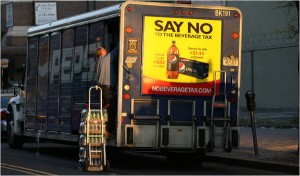Dietary Guidelines hearings: Lobbying in Action
The Dietary Guidelines Advisory Committee held a hearing yesterday on its recent report (see my posts of June 28 on the politics of this report, and June 29 on its science). I could not attend the hearing but am collecting second-hand reports from people who attended or testified.
Philip Brasher, who blogs at GreenFields.com, summarizes lobbyists at work:
- National Pork Producers: “Lean meat is a vital source of high-quality protein and certainly should not be framed as a food to limit in the American diet….Urging Americans to shift to a more plant-based diet and consume only moderate amounts of lean meat implies they should decrease consumption of this vital, complete protein.”
- Egg producers: “The average American could increase egg consumption and still be within the egg-a-day limit.”
- The Sugar Association: Advice to reduce sugar is “impractical, unrealistic and not grounded in the body of evidence.”
- The Salt Institute: “Encouraging consumption of low-salt foods will encourage Americans to eat excessively to make up for the lack of taste….The guidelines have become far more a reflection of ideology than sound science.”
The Organic Trade Association testified that the scientific review, which found no significant nutritional differences between organic and conventionally produced foods, is:
Neither grounded in current science nor relevant to the mandate of the Dietary Guidelines….[it is] in direct conflict with the advice put forth by the recent President’s Cancer Panel report regarding ways to reduce environmental cancer risk….It is inconceivable and alarming that the very document that is the underpinning of our nation’s policies regarding food and nutrition would include a statement that directly contradicts these recommendations….As released, the guidelines confuse the consumer, contradict the President’s own Cancer Panel, and do not enhance dietary recommendations.
To repeat: The committee report is simply advisory. So is the lobbying. The sponsoring federal agencies, USDA and DHHS, now must deal with both as well as with written comments on the report’s statements and recommendations.
The agencies write the final guidelines. Will they include advice to cut down on added sugars and fatty meats? Will they say anything positive about organic foods?
Maybe, if enough people weigh in with such opinions. Comments are due by July 15. Here’s how.
Addition, July 10: Amber Healy’s terrific account in Food Chemical News (July 12) summarizes the hearings as “largely boiling down to a single question: Is meat good or bad?” For example:
- People for the Ethical Treatment of Animals, the Physician’s Committee for Responsible Medicine (PCRM), the Soyfoods Association of North America and Christina Pirello, the host of a cooking show on PBS: the guidelines should more clearly spell out the benefits of reducing meat consumption and take a stronger position on the need to reduce intake of processed meats.
- Sally Fallon Morell, president of the Weston A. Price Foundation: the recommended reduction in intake of lean meat and protein from animal sources could “perpetuate the kind of nutrient deficiencies” that the guidelines try to avoid and even lead to lower fertility rates.
- Betsy Booren of the American Meat Institute: If people try to consume the same amount of protein from plant-based foods, people could end up consuming more calories than if they had simply eaten some lean meat or poultry.
And, the National Dairy Council and the International Dairy Foods Association approved of the recommendation for three daily servings of low-fat or fat-free milk or dairy foods, but asked that the final guidelines acknowledge that flavored low-fat milk [i.e. chocolate] can encourage consumption among children.




